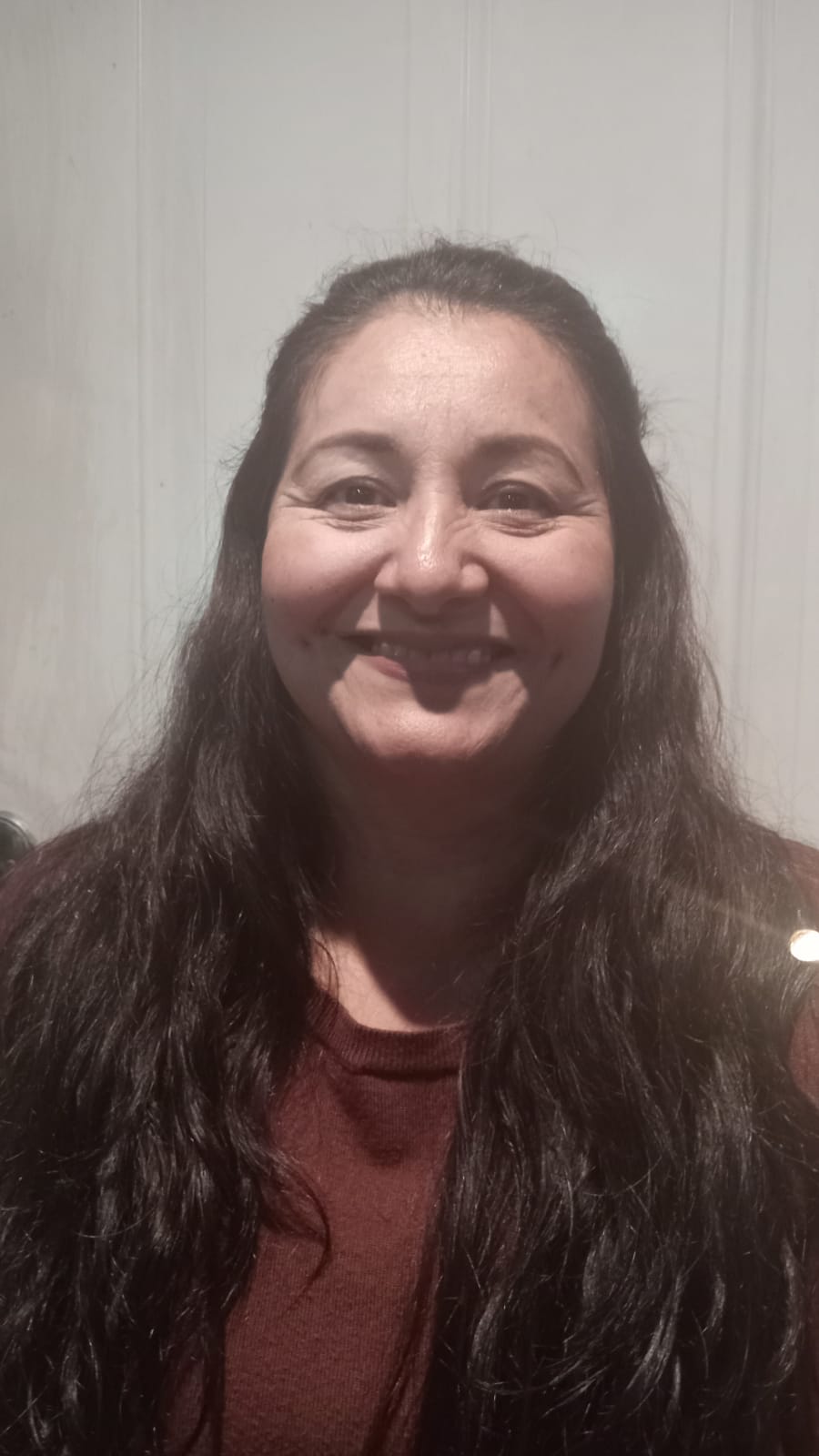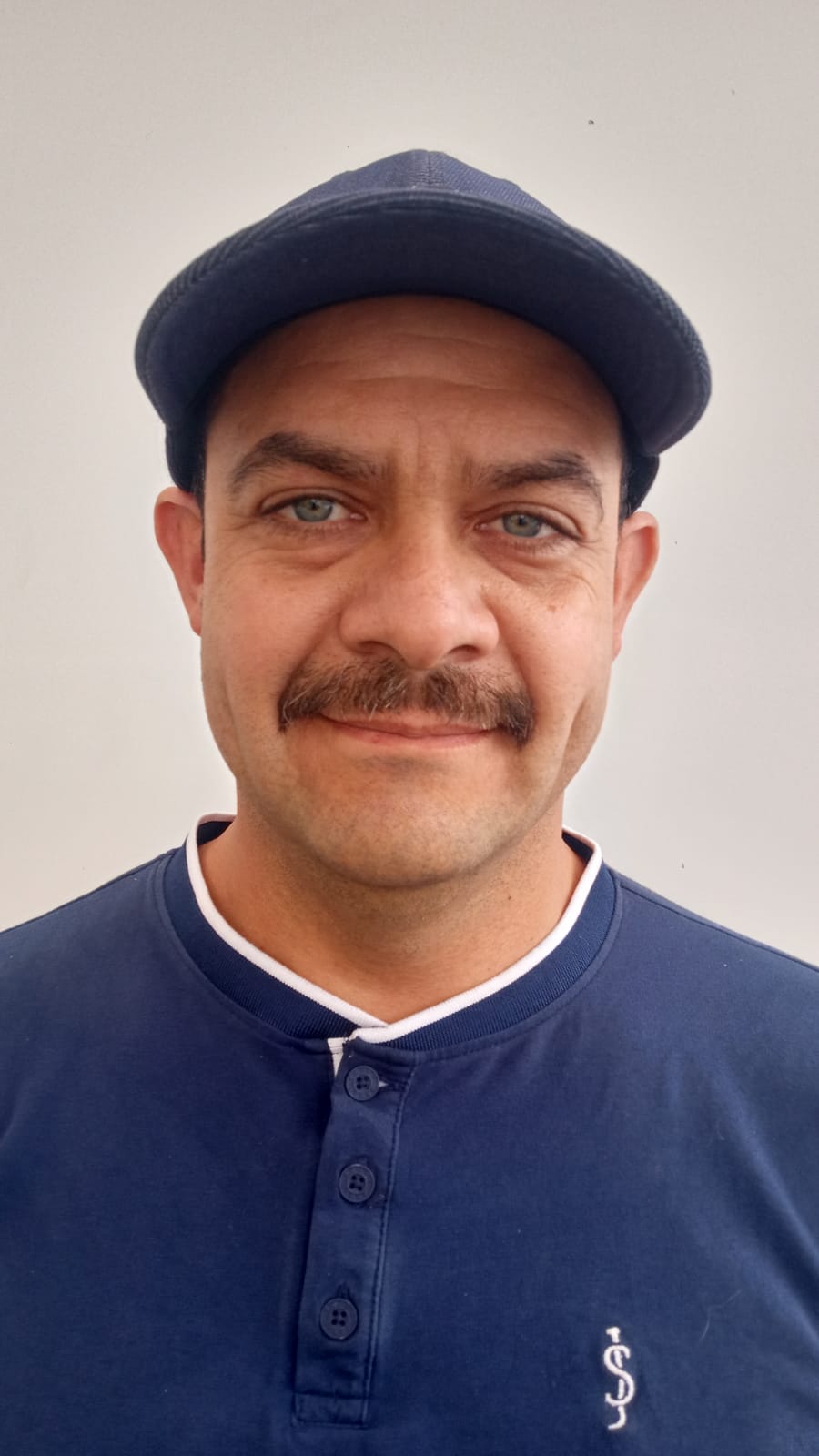By Pamela Cruz and Marvin Bamaca. Peninsula 360 Press.
"To be or not to be, that is the question," is the first line of the third act of a soliloquy from William Shakespeare's play, Hamlet (written around 1600). However, it applies perfectly to Latino Americans who face discrimination and bullying for not speaking (or speaking poorly) Spanish, the primary language of the U.S. Hispanic community.
According to a Pew Research Center study, while the majority of U.S. Latinos speak Spanish, nearly half (54 percent) of those who do not, have been embarrassed or bullied by other Hispanics because they are not fluent in the language.
The study reveals that, according to Latinos, some Hispanics make jokes about non-Spanish speakers, and that four in 10 Hispanic adults say they hear others make jokes, either very often or very often, about those who do not speak Spanish or do not speak it well.
Of the 7,647 U.S. adults, including 3,029 Hispanics, surveyed for this analysis, 75 percent said they can carry on a conversation in Spanish "fairly well or very well." Meanwhile, the majority of Latinos (85 percent) said that speaking Spanish is at least somewhat important for future generations of Latinos in the United States.
At the same time, 78 percent of U.S. Hispanics said it is not necessary to speak Spanish to be considered Hispanic.
While the majority of U.S. Latinos speak Spanish, there are some who do not. Twenty-four percent of all Latino adults surveyed said they can only carry on a conversation in Spanish "a little or not at all.
Meanwhile, among third-generation and older Latinos, a much larger proportion are not Spanish speakers: nearly two-thirds (65 percent) say they cannot carry on a conversation well in Spanish.

Ofelia Bello, 31, a U.S.-born resident of East Palo Alto, said she experienced discrimination and bullying when she began working in East Palo Alto. Although she always listened and spoke Spanish at home, having always studied in English made it difficult for her to have a professional dialogue with a Spanish-speaking person.
"It's definitely happened (discrimination and/or bullying) where I say something wrong, especially in my early years, when I started working in East Palo Alto and I would start trying to communicate, give presentations or interview someone, like longer conversations in Spanish," Ofelia told Peninsula 360 Press.
"But, on one occasion or another I have had people tell me, 'hey, did you say that wrong?' or there's a little bit of laughter. For me they are light things, I don't take them as very heavy things, because, of course, one feels bad a little bit. Sometimes I wonder how I would do if I didn't have such high self-esteem and confidence in my work, in myself, maybe this would affect me more".
In that sense, Ofelia said that the most common thing is to be corrected, an action that she does not take badly, because she likes to learn.
"I appreciate those moments when they correct me or say: 'hey, those are the words you made up'. But, in my experience, that happens more than hearing teasing or, what do I know, maybe they do it behind my back, but I don't give it importance," she said.
Spanish makes Ofelia feel closer to her culture. "It's a privilege to be able to understand the stories told to us by seniors who only speak Spanish. For me, it feels very nice to be able to understand and communicate, not only to understand, but also to talk to people. I have nieces and nephews who understand Spanish, but can't speak it, so it's like another level.
For Laura Rubio, a native of Maravatío, Michoacán, Mexico, who has lived in East Palo Alto for 22 years, Spanish is the connection to "her people," but it is necessary to learn English.

"Definitely the language I am most fluent in is Spanish. It connects me more with some members of the community. But being in this country, you do see the need to study a little to learn English, because it is very important to have a contact with other people who do not speak your same language."
Laura has suffered discrimination from other Latinos around her who do not understand that she does not speak or understand English well.
"I have definitely felt discriminated against, because they push me aside or sometimes don't even ask me, that seems to me a lack of education. For example, when there are people who speak completely Spanish and you are there and all the conversation is in English, that also makes me feel discriminated against or makes me feel bad, disconnected with them."
"That's why in the environments where I am, if I speak Spanish and the other people speak Spanish, I ask them or suggest that they speak Spanish to avoid misunderstandings and to definitely feel more connected with them. But on several occasions I have felt segregated and discriminated against for not speaking English, the truth is that I have," Laura said, pointing out that she constantly experiences this type of situation in spaces such as government buildings or large hospitals.
However, she told Peninsula 360 Press, being or feeling Latino goes far beyond Spanish.
"You don't have to master Spanish perfectly to feel Latino, for example, second generations sometimes don't speak it perfectly or speak it with other idioms, such as 'Spanglish', and that doesn't mean they don't identify themselves as Latinos. However, unfortunately, many of us no longer instill in our children the words to speak Spanish correctly and they begin to use those idioms that are also inherited and in the end make changes in our language.
It is worth noting that the use of "Spanglish", a linguistic variety that mixes Spanish and English and alternates between the two languages, is very widespread among U.S. Hispanics, with 63 percent saying they speak it at least sometimes.
The Pew Research Center study highlights that personal Hispanic identity is related to opinions about Spanish.
It notes that U.S. Hispanics who consider their Hispanic identity to be extremely or very important to the way they think about themselves are more likely than other Hispanics to say that it is important for future generations to speak Spanish.
According to The Hispanic Council, the Hispanic population currently comprises about 20 percent of the total population, and by 2060, 27.5 percent of the U.S. population will be of Hispanic origin.
Figures from the Cervantes Institute indicate that in less than four decades, the United States will be the country with the second largest number of Spanish speakers in the world, behind only Mexico.
Latino identity
The Pew Research Center analysis points out that Latino identity in the United States can be determined by many factors. One is speaking Spanish, which some Latinos use to distinguish who is Latino from who is not. However, the majority of Latino adults (78 percent) say it is not necessary to speak Spanish to be considered Latino, while 21 percent say it is.
And while a strong majority among the major Latino demographic subgroups say it is not necessary to speak Spanish to be considered Latino, there are some notable differences in opinions.
The figures showed that Latino immigrants are less likely than U.S.-born Latinos to say that speaking Spanish is not necessary to be considered Latino: 70 percent versus 87 percent.
In that regard, Spanish-dominant Hispanics (34 percent) are more likely to be bilingual (22 percent) and English-dominant Hispanics (6 percent) are more likely to say that speaking Spanish is necessary for a person to be considered Hispanic.

Alejandra Osorio, another East Palo Alto resident, considers her identity very much embraced by her community, one that has sought to maintain traditions and support so that its Latino-ness is preserved.
"I think that culturally here the roots of being Latino are very reinforced, because there is a lot of support in the community to celebrate or not to miss those important dates as Latinos."
For Salvador Magaña, who was born in Michoacán, Mexico, and lived 15 years in Redwood City and two in East Palo Alto, having a perfect command of Spanish and English is indispensable.

"I like my daughters, of which I have five, to learn both languages, both English to be able to live in this country, but I also know that it is important that they know how to speak Spanish, understand it and write it, which they do very well, so they have more opportunities to excel," he said.
The Hispanic community is not homogeneous, nor is its relationship with Spanish. English is the most widely spoken language in the United States. However, more than 7 out of 10 Hispanics use Spanish to communicate in the family environment. This shows that Spanish is a living language, which Hispanics use for cultural ties and professional projection.
In addition, Spanish is the most studied foreign language in the United States, with more than 8 million students. 9 out of 10 schools in the United States offer their students the opportunity to study Spanish. It is a unique opportunity both for Spanish-speaking families who want to preserve the use of Spanish and for any student who wants to master a second language, according to The Hispanic Council.
The organization points out that 26 percent of the total number of Spanish speakers in the United States are in California, close to 40 percent of the total, second only to New Mexico, where the Hispanic community represents almost half of the total population.
You may be interested in: Migration and mind: Sofia's wisdom




